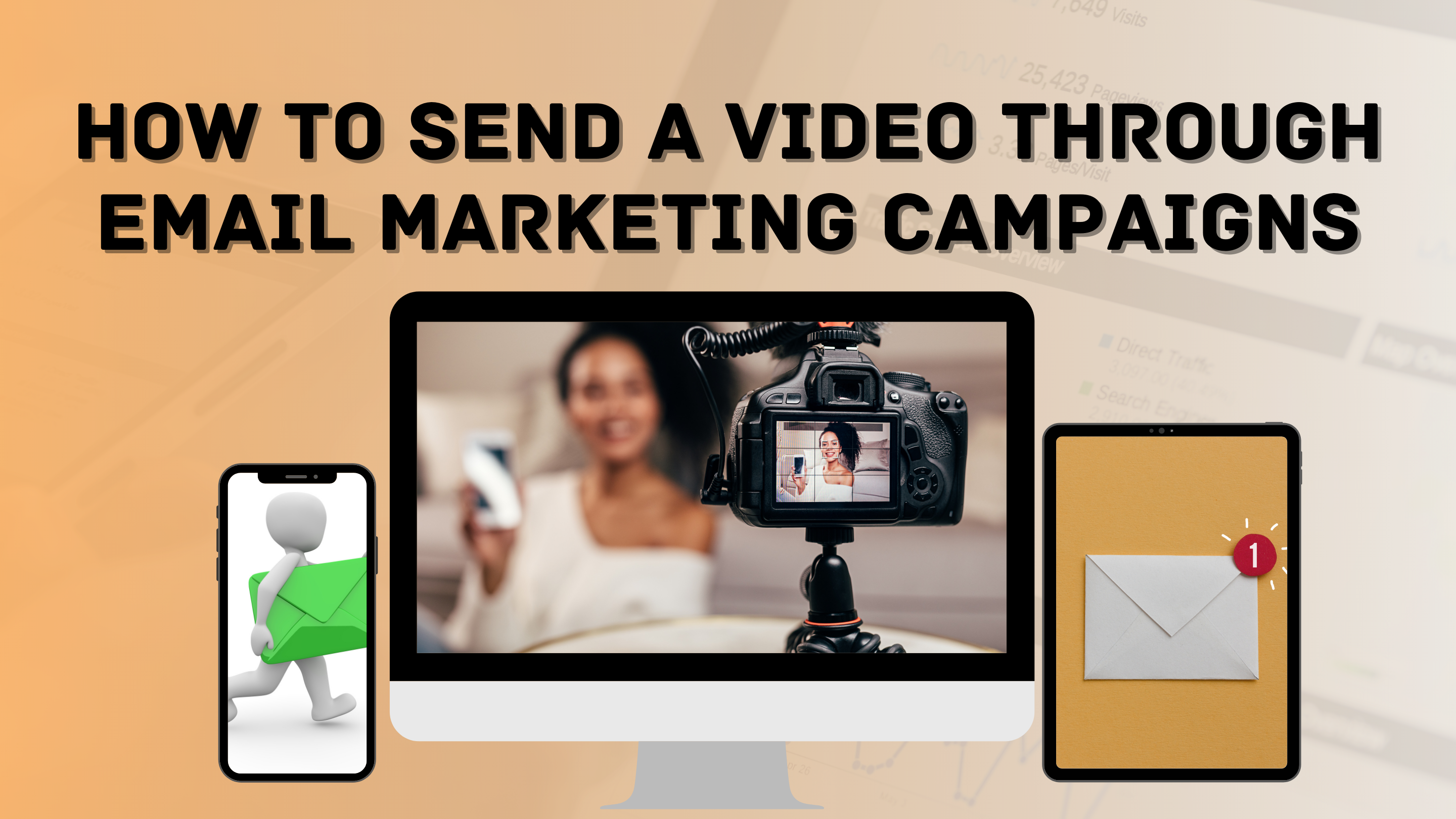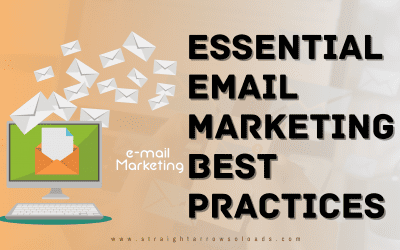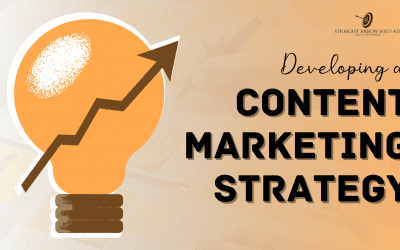As we’re sure you are aware by now, video is an extremely popular choice when it comes to delivering marketing campaigns. In fact, 83% of marketers according to HubSpot feel its importance is only growing and 80% of businesses use video in their overall marketing campaigns. But how do we use video in email marketing campaigns?
It is true that video trumps all other marketing tactics for communicating a message quickly and effectively. It makes complete sense to include video in your email marketing campaigns to increase conversions, brand awareness, or help educate your customers.
If effectively planned and managed, video email marketing can be a powerful tool for tapping the growing Internet audience. But sending videos in email marketing is still a tricky business!
In this blog post, we will cover the essentials dos and don’ts, so you fully understand how to send videos via your email marketing campaigns.
Why use video in your email marketing campaigns?
It has been said before, but the video really is just like rocket fuel for your email marketing campaigns. Repeatedly video has been shown to improve open rates, clicks, and conversions. It builds brand engagement and loyalty.
However, just like any other marketing campaign, video content needs to be effectively planned and managed.
For example, we know subscribers find videos more interesting and active in comparison to plain text. The key is to use video strategically. Simply inserting a video will not work on its own, there needs to be a carefully thought-out plan.
So, consider how your video content can solve a problem, educate an audience, describe your USP, build engagement, and then create a campaign around that central theme.
Of course, every video has the potential to go viral. That’s the holy grail for all marketers after all. Using an email campaign to promote or share your latest video is the perfect way to drive lots of views and likes in a short space of time.
This not only benefits your profile on video sharing sites like YouTube but can also boost your SEO rankings. Google often features video clips in search results, so driving traffic to a video that supports your long-tail keyword strategy is a win-win.
That said, videos need to be engaging. The last thing your audience wants to click on is a long boring video. Focus on quality, not quantity. You may even decide to break up a long video into several shorter episodes, thus creating an email engagement chain that can be automated to be sent to your subscribers.
How to send videos in your email marketing campaigns
Broadly speaking you have two options to consider when embedding video within your email marketing campaigns.
The first is to upload a teaser GIF or JPG from your video and embed this within the email content. This is quite simple and easy to do. You can create the content around the image and then display a strong “Watch the Full Video” type CTA to drive clicks.
The second is more complicated and dependent on your email marketing provider.
There are two options you might consider when embedding a video within your email — you can either embed a GIF of your video with a “click here to watch full video” CTA, or you can embed a still photo of your video, and when subscribers click the “Play” button, they will be re-routed to your video’s URL.
How to Embed Videos in Your Email Marketing Campaign
Mailchimp allows you to create a teaser screenshot of your video simply by inserting the YouTube or Vimeo URL. This is a low-hassle, straightforward way to share videos in your marketing campaigns. If you are a Mailchimp user, we would recommend using this approach by following this link to Mailchimp’s user guide.
TailoredMail is another straightforward service to use. Their content management systems allow you to upload, encode, and embed your videos into email campaigns that can be sent straightaway. What’s great about TailoredMail is the analytics they provide, right down to the number of times a user viewed the content. This is a perfect analysis to use for follow-up campaigns.
Constant Contact and AWeber simply suggest using of one of the tactics we outlined earlier – upload an image of the video and link to the URL. The benefit here is it prevents any emails from either stripping out the embed video code or blocking the video in spam filters.
For those who are more tech-savvy, HTML5 is a popular tool to embed videos into email campaigns. Given iOS devices do not support Flash, using HTML5 gets around the issue of ensuring your valuable email campaigns land in the recipient’s inbox and not their spam filter.
And here are a few things to avoid in your video email marketing campaigns:
- Stay clear of using any phrases like “Click here” in your copy. It is spammy, unimaginative, and a turn-off for readers.
- Likewise, readers hate too many exclamation marks or UPPERCASE text. Let the video do the talking instead.
- Bright colors are not needed to draw attention. Focus on creating engaging copy that draws the reader in.
- Have one call to action – namely watching the video. Asking your readers to do two or more things will simply turn them off.
- Whatever you do, don’t design an HTML email in Word, and do not export the code to HTML because of spamming.
In summary
We know email subscribers find videos with an individualized touch impressive and convincing. A video does not necessarily need to talk about the brand directly, and a lot of thought needs to go into the content creation itself, but if you want to generate plenty of buzz from your email subscribers, then video is one way to go.
Finally, it is important to test, test, test. One video will not define your marketing success, so keep at it as the rewards will come eventually.
You can build trust and encourage users to engage with you by using emotions and adding a distinctive touch.
Congratulations! on reading the entire blog. As a way to congratulate you, here is a coupon code SASA-SBSF-2021 to give you a 10% discount on your next purchase.
The discount code is valid for two weeks only









Great tips! And thank you for reminding me that CLICK HERE is spammy and unimaginative.